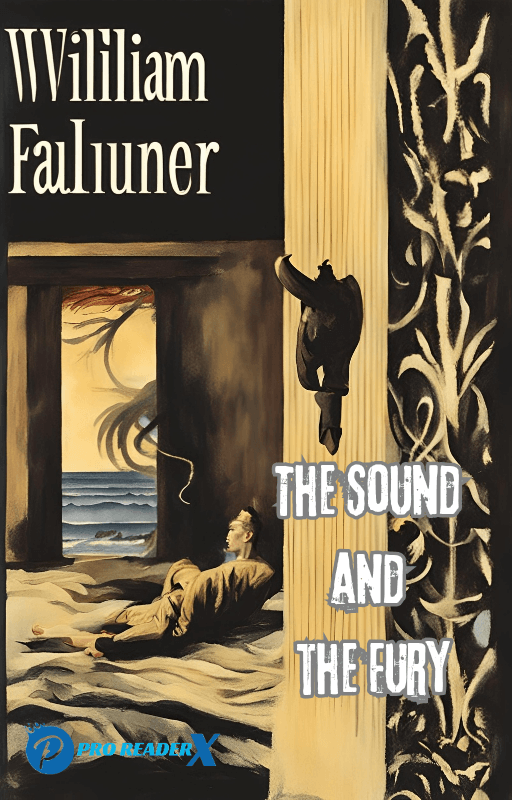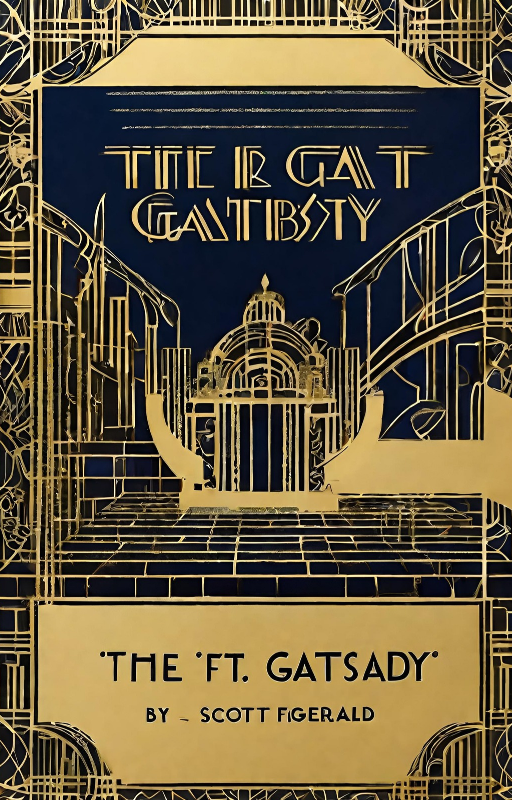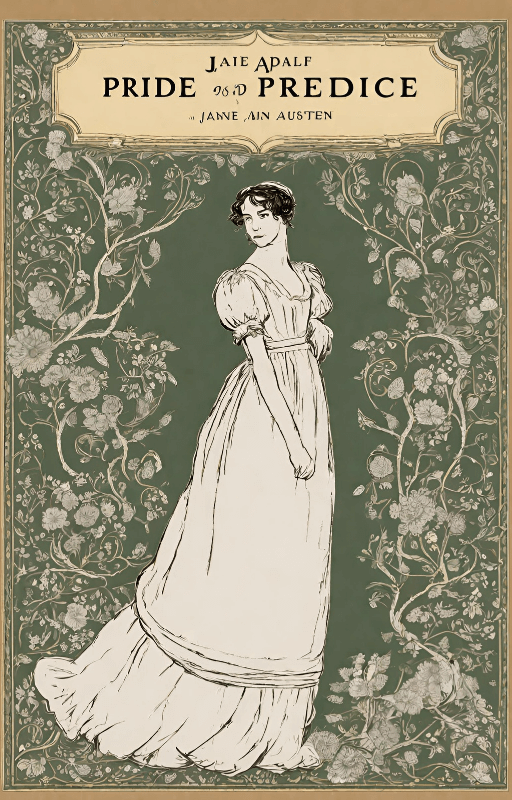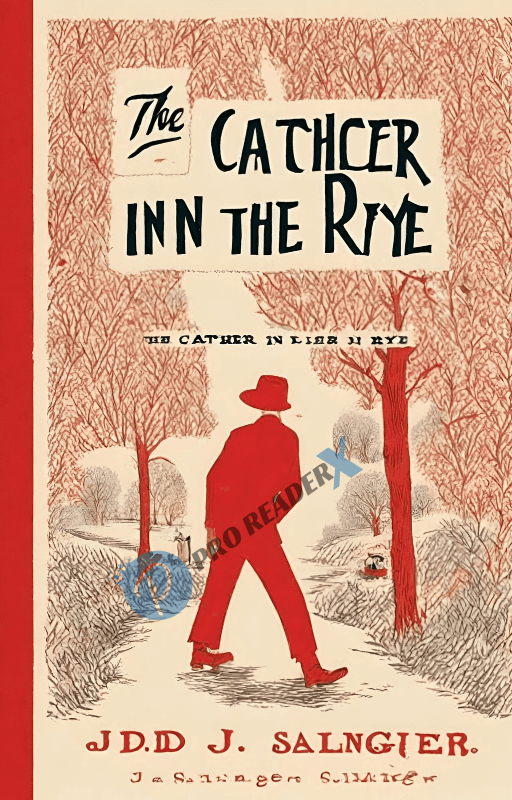Introduction
“The Sound and the Fury” by William Faulkner is a novel that has captivated readers for generations. In this article, we will delve into the intricacies of Faulkner’s work, exploring its plot, characters, themes, and much more.
Background of William Faulkner
Before we embark on our journey through “The Sound and the Fury,” it’s essential to understand the man behind the words. William Faulkner was an American writer born in 1897 in Mississippi. He is widely regarded as one of the most influential writers of the 20th century, known for his experimental narrative techniques and deep exploration of the human psyche.
Overview of “The Sound and the Fury”
“The Sound and the Fury” was published in 1929 and is considered one of Faulkner’s masterpieces. Set in the fictional Yoknapatawpha County, Mississippi, the novel is divided into four sections, each narrated by a different character, offering multiple perspectives on the Compson family’s decline.
Plot Summary
The novel’s plot revolves around the Compson family, focusing primarily on the decline of the once-prominent Southern family. The narrative is nonlinear, with each section offering insights into the family’s history and struggles. From the perspective of the Compson brothers – Benjy, Quentin, and Jason – and their sister, Caddy, Faulkner weaves a complex tale of love, loss, and betrayal.
Characters
Faulkner’s characters are intricately crafted, each with their own motivations and flaws. From the mentally disabled Benjy to the tormented Quentin, and the resentful Jason, the Compson siblings are portrayed with depth and complexity. Other notable characters include Caddy, the central figure around whom much of the novel revolves, and Dilsey, the Compson family’s loyal servant.
Themes
“The Sound and the Fury” explores various themes, including the decline of the Southern aristocracy, the passage of time, memory, and the nature of consciousness. Faulkner’s portrayal of the Compson family serves as a microcosm of the changing South in the aftermath of the Civil War.
Symbolism
Faulkner employs rich symbolism throughout the novel, with motifs such as the Compson family’s decaying mansion symbolizing the decline of the Old South. The watch, a recurring motif in Quentin’s section, represents the passage of time and Quentin’s obsession with his sister’s perceived moral transgressions.
Writing Style
Faulkner’s writing style is characterized by its stream-of-consciousness narrative, nonlinear structure, and experimental use of language. His prose is dense and lyrical, challenging readers to unravel the layers of meaning beneath the surface.
Reception and Legacy
Upon its publication, “The Sound and the Fury” received mixed reviews, with some critics praising its innovation and depth, while others found its nonlinear structure and complex narrative challenging. However, over time, the novel has come to be regarded as one of Faulkner’s greatest achievements, influencing generations of writers and scholars.
Adaptations
“The Sound and the Fury” has been adapted into various forms, including a stage play and a film. While capturing the essence of Faulkner’s work presents its challenges, these adaptations have introduced new audiences to the world of the Compson family.
Conclusion
In conclusion, “The Sound and the Fury” stands as a testament to Faulkner’s genius, offering readers a glimpse into the complexities of the human condition. With its rich characters, intricate plot, and timeless themes, the novel continues to resonate with audiences worldwide.
FAQs
Q1: Is “The Sound and the Fury” difficult to read?
A: Faulkner’s novel can be challenging due to its nonlinear structure and dense prose, but with patience and perseverance, readers can uncover its brilliance.
Q2: What inspired Faulkner to write “The Sound and the Fury”?
A: Faulkner drew inspiration from his own experiences growing up in the South and witnessing the decline of the aristocracy.
Q3: Are there any film adaptations of “The Sound and the Fury”?
A: Yes, there have been film adaptations of the novel, though capturing its complexity on screen presents its challenges.
Q4: What are some other notable works by William Faulkner?
A: Faulkner’s other notable works include “As I Lay Dying,” “Light in August,” and “Absalom, Absalom!”
Q5: What makes “The Sound and the Fury” a timeless classic?
A: The novel’s exploration of universal themes such as love, loss, and the passage of time ensures its enduring relevance.






